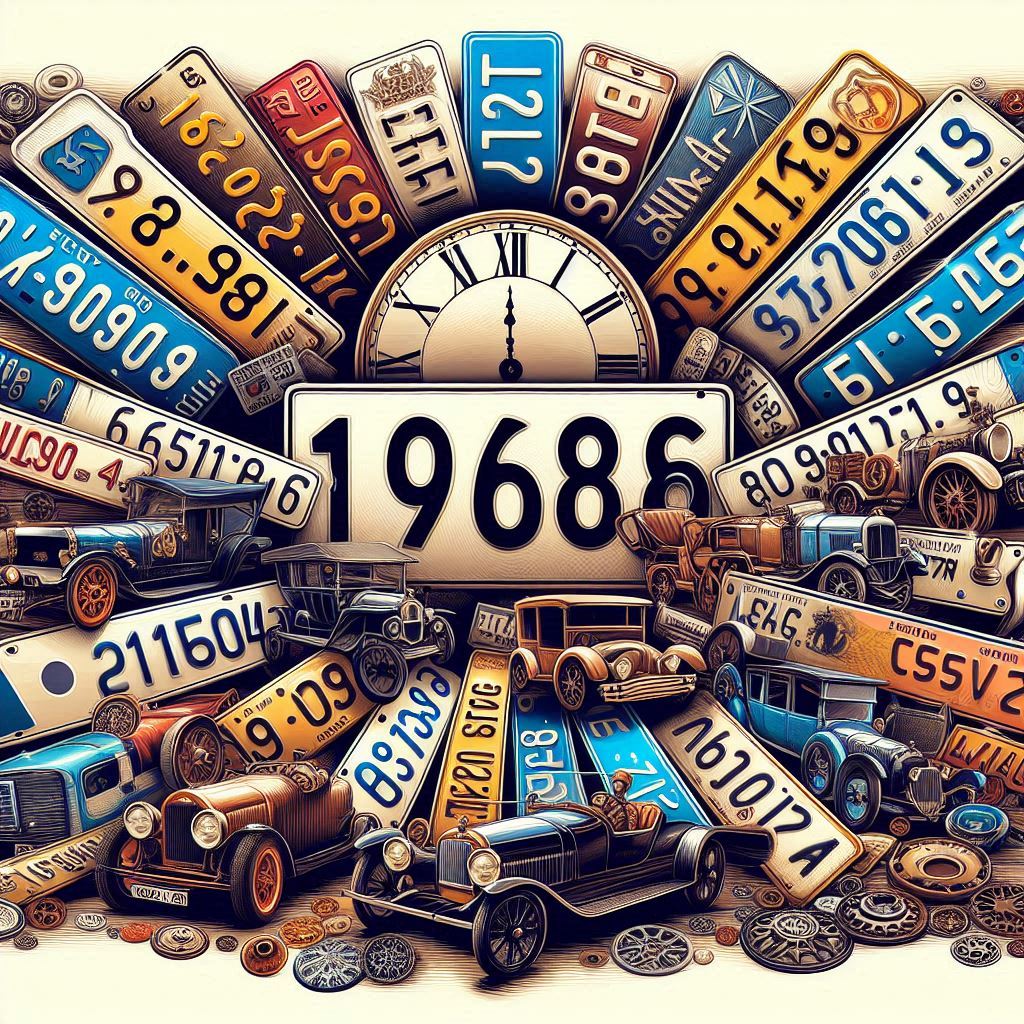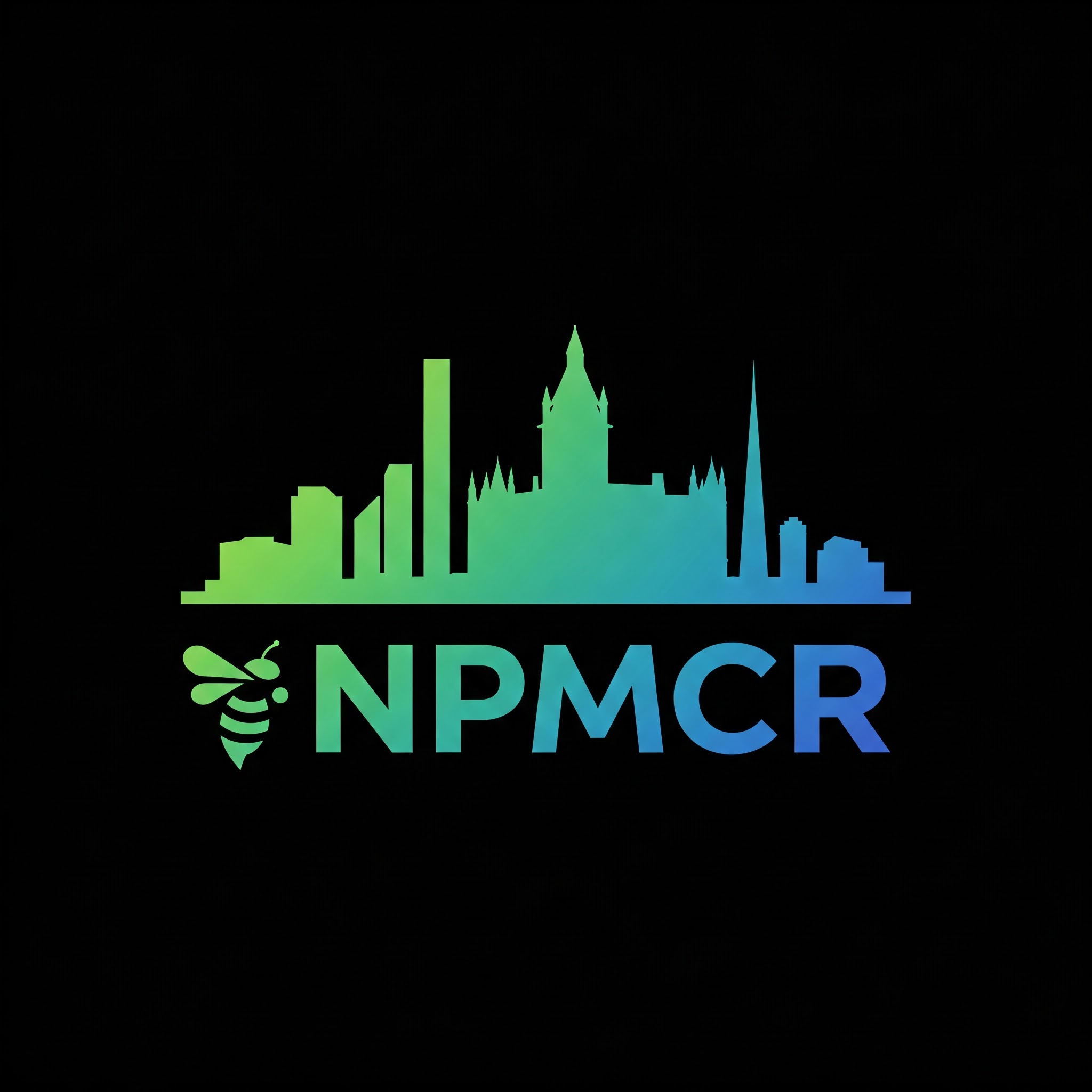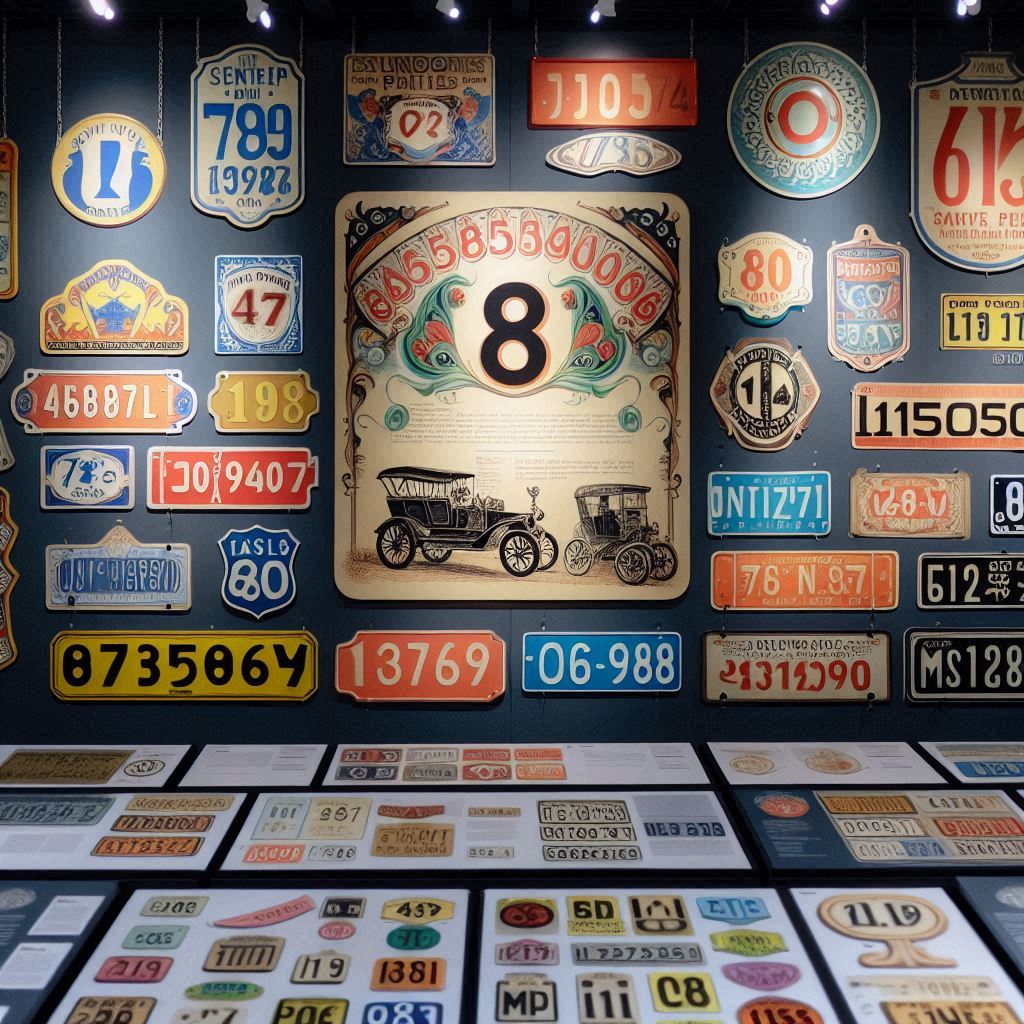Your cart is currently empty!
Number plates and how they relate to a Profession and Identity
Number plates in the early days were often used to indicate the owner’s profession or occupation.
In the UK, during the 1920s and 1930s, many number plates featured embossed characters that revealed the owner’s calling.
A Doctor might have a plate with a stylized ‘D’ or ‘MD’, while a lawyer might sport a ‘LAWY’ or ‘COURT’.
Marital status was also a common theme on early number plates. In the 1950s and 1960s, many plates featured patriotic motifs or symbols that reflected the owner’s marital status. For example, an unmarried woman might have a plate with a stylized ‘SPRING’ or ‘DAMES’, while a married couple might have a joint plate bearing their combined names.
The Rise of Ownership:
Plates as Proof of Purchase
As the motor industry grew and became more formalised, number plates began to take on a new role. In many countries, including the UK, Australia, and New Zealand, plates were used as proof of purchase or ownership. This was particularly important during times of economic depression or war, when vehicles might be subject to requisition or confiscation.
In these contexts, number plates became a tangible connection between the owner and their vehicle. A plate might feature the owner’s name, address, or even a distinctive code that identified them as the rightful owner. This emphasis on ownership helped to establish trust and legitimacy within the motoring community.
The Modern Era:
Plates as Self-Expression
In recent decades, number plates have undergone a significant transformation. With advances in technology and design, owners are now free to express themselves through their plates. From witty slogans to artistic graphics, modern plates offer an almost limitless range of creative possibilities.
This shift towards self-expression has been driven by changing social norms and cultural values. As motoring becomes increasingly personal and individualistic, number plates have become a key aspect of the vehicle’s identity. Owners can use their plates to convey their personality, interests, or values – effectively becoming ambassadors for their car and themselves.
The Artistic License: Plates as Canvas
Today, many owners view their number plates as an art form in their own right. With the rise of custom designs and limited-edition plates, enthusiasts are pushing the boundaries of what is possible on a plate. From intricate lettering to elaborate graphics, modern plates offer a unique canvas for artistic expression.
This focus on creativity has led to some truly remarkable plates over the years. In 2018, for example, a UK owner created a plate featuring a 3D image of their family – complete with tiny figurines and intricate details. Such plates demonstrate the boundless potential of number plates as a form of self-expression.
A Legacy of Character:
Preserving Number Plate History
As we look to the future, it’s essential that we preserve the rich history of number plates. From vintage designs to modern masterpieces, each plate offers a unique window into its owner’s personality and culture. By documenting and celebrating these plates, we can gain a deeper understanding of how they reflect our society and values.
For car enthusiasts like me, collectors, and historians alike, preserving the history of number plates is essential.
Whether through exhibitions, publications, or online archives, there are many ways to share and celebrate this fascinating aspect of motoring culture. By doing so, we can ensure that future generations will continue to appreciate and cherish the character and creativity of our beloved number plates.


